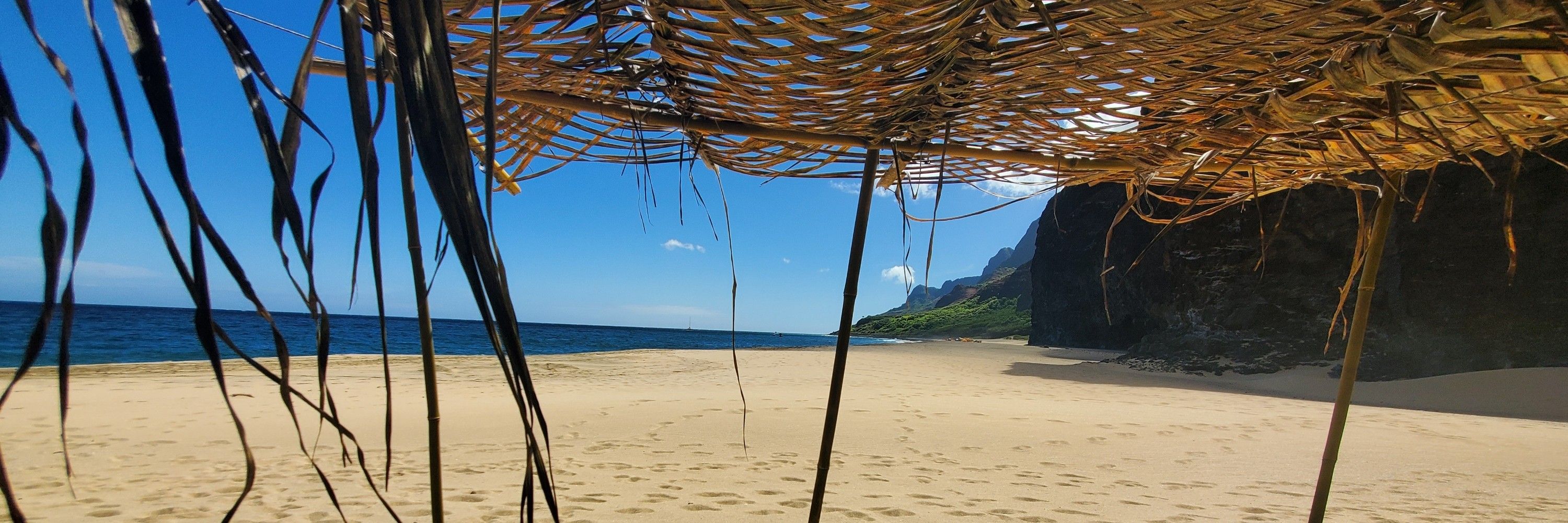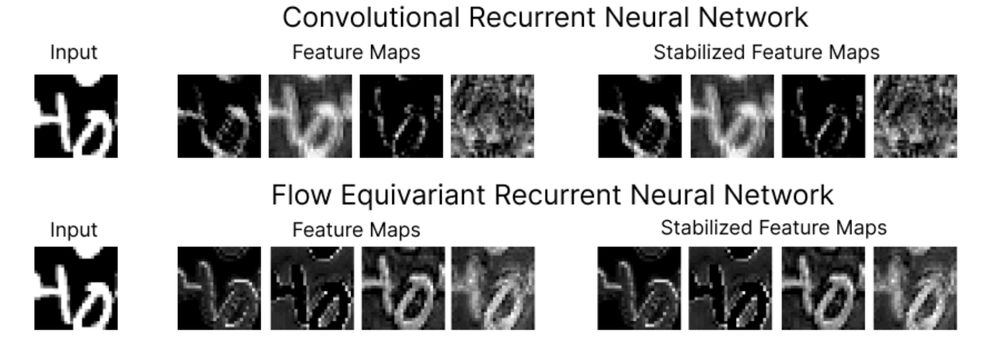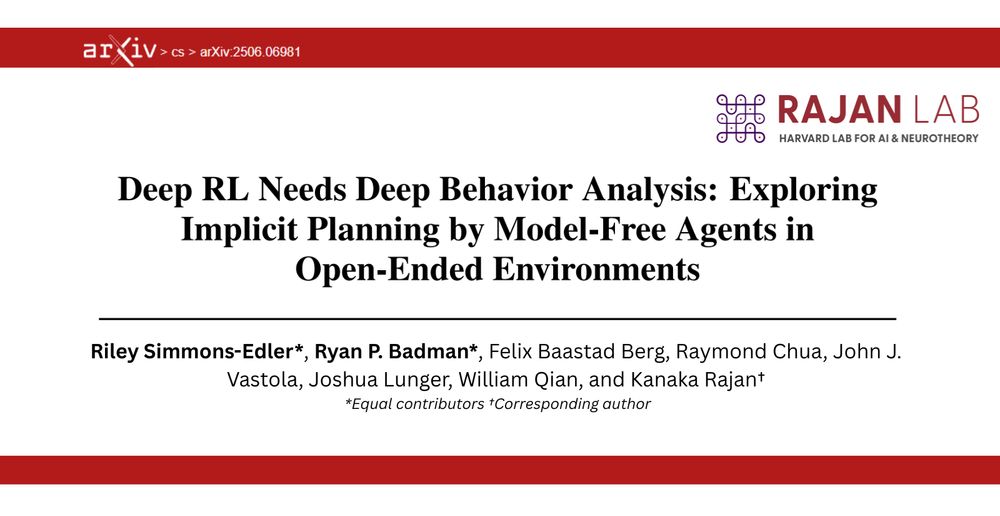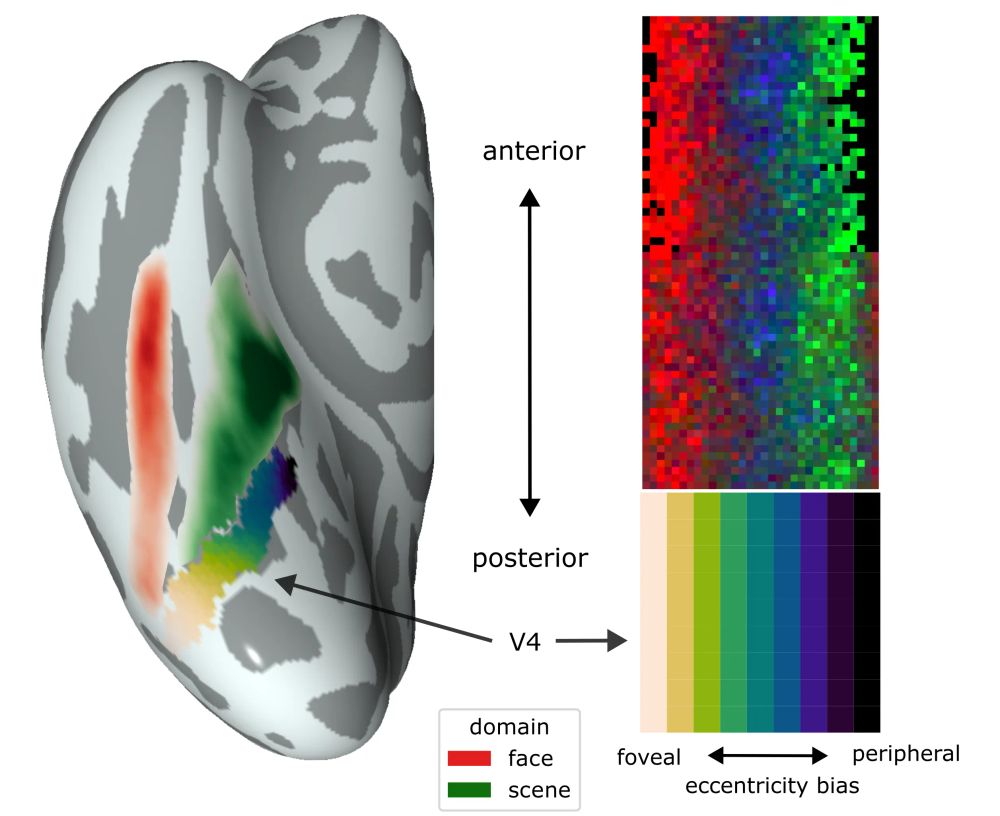T. Anderson Keller
@andykeller.bsky.social
320 followers
310 following
17 posts
Postdoctoral Fellow at Harvard Kempner Institute. Trying to bring natural structure to artificial neural representations. Prev: PhD at UvA. Intern @ Apple MLR, Work @ Intel Nervana
Posts
Media
Videos
Starter Packs
Pinned
Reposted by T. Anderson Keller
Reposted by T. Anderson Keller
Reposted by T. Anderson Keller
Reposted by T. Anderson Keller
Reposted by T. Anderson Keller
Reposted by T. Anderson Keller
Reposted by T. Anderson Keller
Reposted by T. Anderson Keller
Reposted by T. Anderson Keller
Yohan J John
@dryohanjohn.bsky.social
· Mar 10













